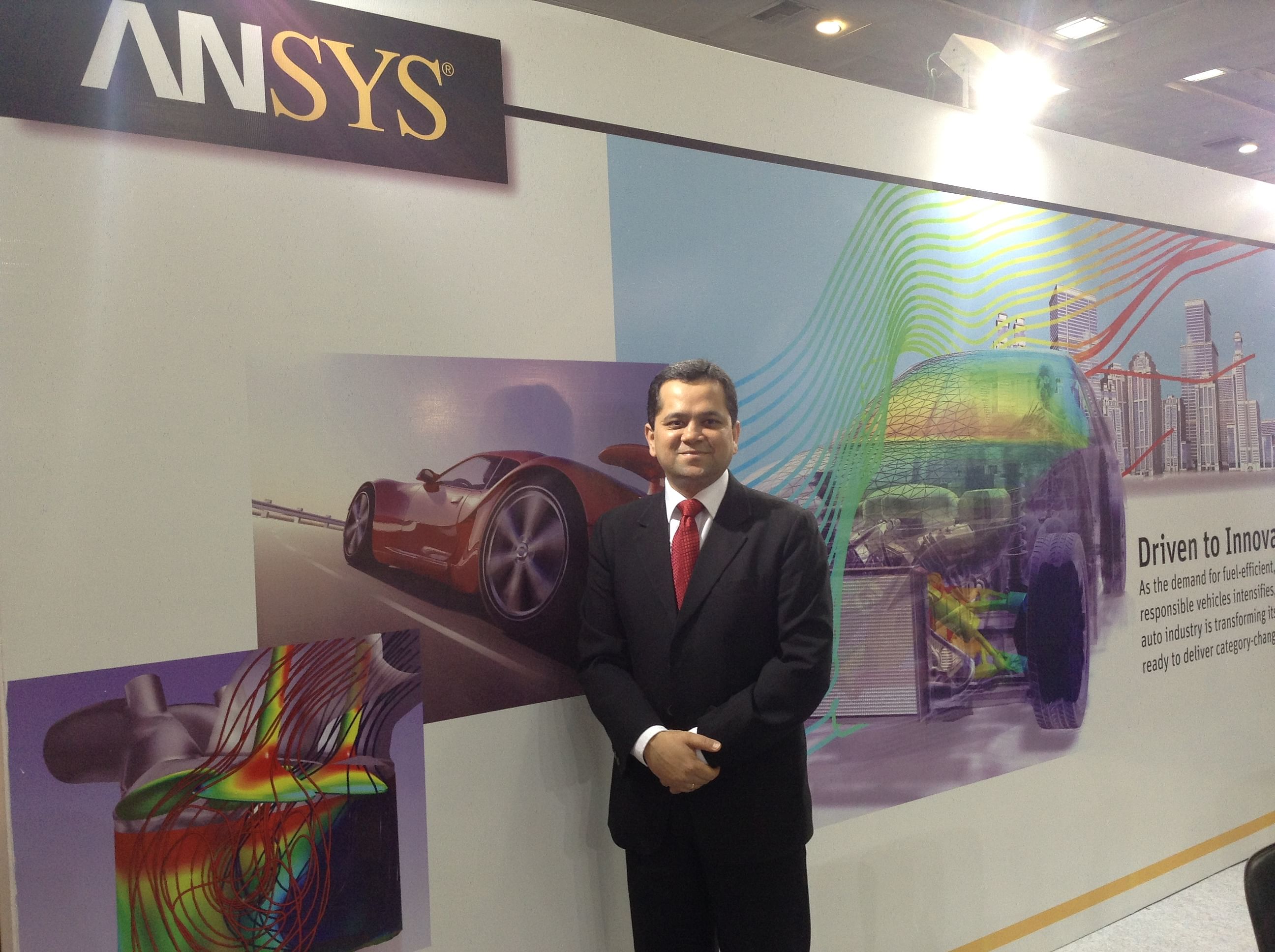ANSYS acquires combustion software developer, drives gains in simulation
Ansys, a global leader in engineering simulation software, recently acquired US-based Reaction Design, a leading developer of chemistry simulation software whose flagship product, CHEMKIN-PRO is standard for modeling and simulating gas-phase and surface chemistry.
Ansys, a global leader in engineering simulation software, recently acquired US-based Reaction Design, a leading developer of chemistry simulation software whose flagship product, CHEMKIN-PRO is standard for modeling and simulating gas-phase and surface chemistry.
With the global auto industry looking for lesser emission and greater fuel efficiency to achieve this, Reaction Design’s solutions enable vehicle manufacturers and energy companies to rapidly achieve their clean technology goals by automating the analysis of chemical processes through computer simulation and modeling solutions, said Kaustubh Nande, manager, product marketing, Ansys Software.
He spoke to Autocar Professional on the sidelines of the Automotive Testing Expo held last month in Chennai. “This acquisition matches Ansys’ offering for the simulation of internal combustion engines leading to improved fuel efficiency. Reaction Design plays a critical role in analyzing the chemical reaction inside the engine,” said Nande.
Reaction Design has about 25 employees and more than 400 customers around the world. Its flagship product, Ansys’ products can help automotive companies with rapid product and process design from aerodynamics and thermal management to engine design, durability and NVH. By using its software, companies can understand product performance without building actual prototype and thus this helps bring insights to complex design challenges through fast, accurate and reliable engineering simulation.
With regard to the Automotive Testing Expo, Nande says, “As compared to the last edition of ATS, I see a lot of interest in virtual prototypes and there is definitely a shift in the market driven by a whole lot of factors such as competitive market conditions, pressure on costs and shrinking product development cycle.”
With regard to the current challenges, Nande says, “I would say fuel emission, battery and electric hybrid vehicles aspects are certainly driving the market in terms of research and stimulation.” Simulation software from Ansys allows engineers to understand how a design performs under various real-life conditions even before prototyping takes place.
Ansys spends about 17 percent of its total revenue towards research. The electric powertrain is latest in auto technology automotive engineers face the challenge of designing affordable, efficient, stable and reliable hybrid electric powertrain technologies almost entirely from scratch — and in shorter timeframe. As a result, engineering simulation helps to expedite and improve electric powertrain development, providing insights into complex components and systems that guide development through virtual prototyping and testing.
Globally Ansys offers solutions to about 11 different industry verticals and 15 percent of its revenue comes from automotive sector. In India, the company works in diverse industries including automotive, aerospace, defense, oils and gas, process industry and engineering and servicing providers.
INTERVIEW WITH KAUSTUBH NANDE, MANAGER (PRODUCT MARKETING), ANSYS SOFTWARE

How does the acquisition of Reaction Design fit in Ansys’ overall plans?
Reaction Design’s products simulate chemical reactions. If you are an automaker dealing with the engine development process, then simulation is key for reducing costs and time to market. Overall, Reaction Design’s capabilities very strongly complement Ansys products and this acquisition further strengthens our offerings related to engine simulation.
What are the implications of this acquisition for the auto industry as a whole and for India in particular?
As an OEM or supplier, you will now be able to do a lot more in the area of engine simulation and development in an integrated environment. This includes accurately predicting emissions, simulating knock, considering various injection strategies, investigating fuel flexibility, exploring dual fuel concepts, model fuel efficiency and investigating aftertreatment solutions. I think for India, emissions, fuel flexibility and after treatment solutions will be particularly important.
Given the importance that OEs are giving to fuel-related issues, what strengths does this bring to Ansys’ suite of products?
We already have existing solutions that help as far as in-cylinder simulation goes so this acquisition further strengthens our offerings in the full engine development simulation space. More specifically fuel flexibility and dual fuel concepts allows one to simulate how ignition delay impacts due to variations in the composition of natural gas, gasoline, diesel, bio-fuel and the addition of fuel additives. It also enables flame propagation comparisons between conventional and alternative fuels using the Flame Speed Model. Reaction Design’s solutions also provide insight into the impact of exhaust gas recirculation (EGR) on flame speed and ignition delay and much more.
Overall, these capabilities very strongly complement that of existing ANSYS products used in full engine simulation.
The role of simulation has been gaining increasing ground in the auto sector? What are the advantages that will accrue and how does this impact R&D and product development?
The value of simulation for the auto sector is immense and clear on two fronts — product innovation and regulatory compliance. First by reducing prototypes, you can get your product faster to market having explored variations quickly through simulation. Second, the ability to simulate products quickly allows you to make tweaks well ahead of their physical testing cycles. Thus adopting simulation early in the design cycle adds huge gains on time and cost savings, not to mention the competitive edge one builds in the market over a period of time.
RELATED ARTICLES
How Venkat Thimaraju Bridged Mines and Machines for Daimler
From a young engineer's vision : Daimler India unleashes next-Gen trucks for India's booming construction and mining sec...
Tata Motors: From Ice Legacy To Electric Intelligence
Tata Motors has a lot riding on the newly launched Harrier EV, coming as it does on a fresh, EV-oriented software platfo...
Complete List of Cars and SUVs Tested by Bharat NCAP
Bharat NCAP has crash-tested 20 models to date, including both ICE-powered vehicles and EVs.





 04 Apr 2014
04 Apr 2014
 5964 Views
5964 Views





 Shahkar Abidi
Shahkar Abidi


 Ketan Thakkar
Ketan Thakkar


